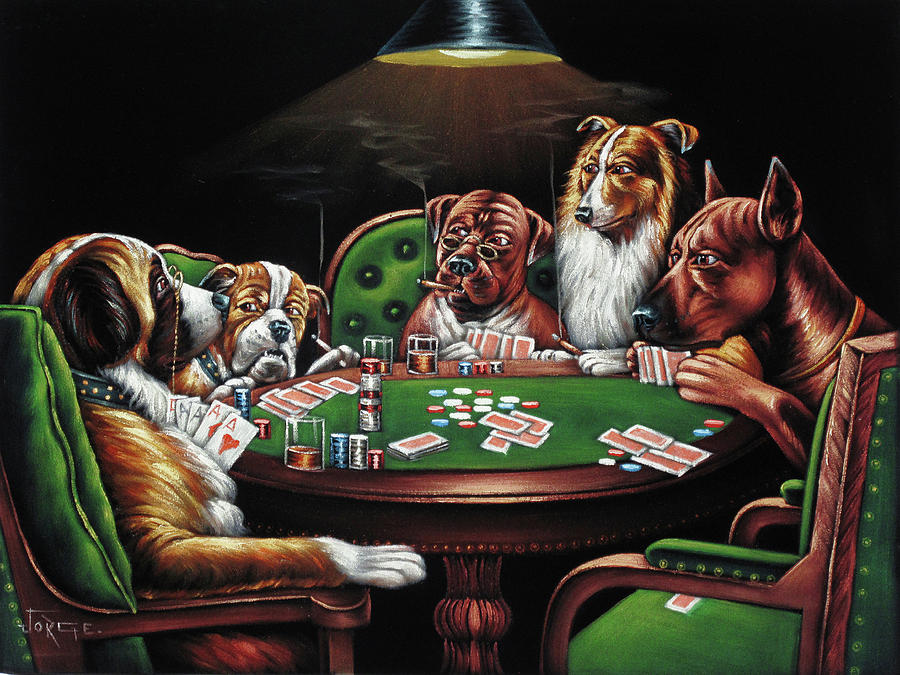The Art of Gambling Found Throughout History
The relationship between artists and the game of risk has long been played throughout history. You can go back as far as the 15th Century and find the depictions of gambling being captured through colourful oils and forever frozen in time to show how this was once a very social and accepted pastime.
3 historical depictions of gambling in Art


Art has always been a frozen mirror of time on society and events. In the world of gambling, players can easily acquire games from modern devices to play rounds of poker and blackjack without having to actually leave their bed. We are now in a world of comfort and convenience whereby a player can simply pick from 20 online casinos to get their gaming fix and free bonuses on slot machines.
How times have changed and perfectly captured within these 3 historical art pieces that portray gambling in a very different light.
1. The Cardsharps by Michelangelo Caravaggio
Painted in the 16th Century, Caravaggio illustrated two young boys having a game of card, the image depicts one of the two boys holding a set of extra cards behind their back. The picture highlights a man that looks over the shoulder of the more innocent boy and signals to the intended cheat what hand he holds. This is all the picture needs to capture to entail high drama. The innocent player appearing to be unfazed by the gentleman behind, seemingly dressed more regal than the other two. It is obviously unknown what the outcome is to be, but the fact a dagger is seen shows to what extent risks will be taken to succeed.
2. The Cheat with the Ace of Clubs by Georges de La Tour
In the 15th Century, this pictured captured two women playing cards with a man, who holds two aces behind his belt strap. The scene captures the moments of doubt upon the central lady, gesturing towards the man with suspicion whilst the other female remains unaware. Other interpretations see the woman distracted by the maid and the man see this as an opportunity to switch cards. Calmly done as he looks away without giving any signs away.
3. Argument Over a Card Game by Jan Steen
This Dutch Masterpiece was done in the late 17th Century. Drama is captured all over the canvas, with a drunk nobleman being fleeced by those seemingly dressed as local farmers. The victim of the game’s outcome, the nobleman is held back by a lady, perhaps the innkeeper. Like the Caravaggio depiction, this shows that two games were played, cards and chequers. Weapons drawn by both players show that perhaps dignity didn’t end the way one would hope back in those days.
As with any form of gambling, the odds of a favourable outcome are all too rare. These pictures depict what is all too true a reality, that someone is getting any with something and no matter how many times you play or change games, the likelihood is you will end up losing.



